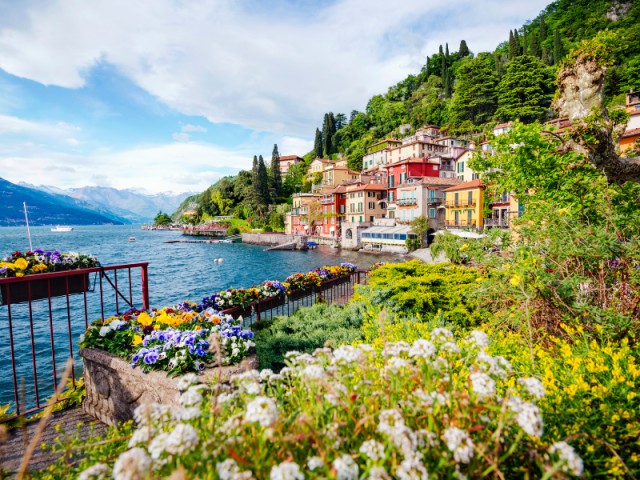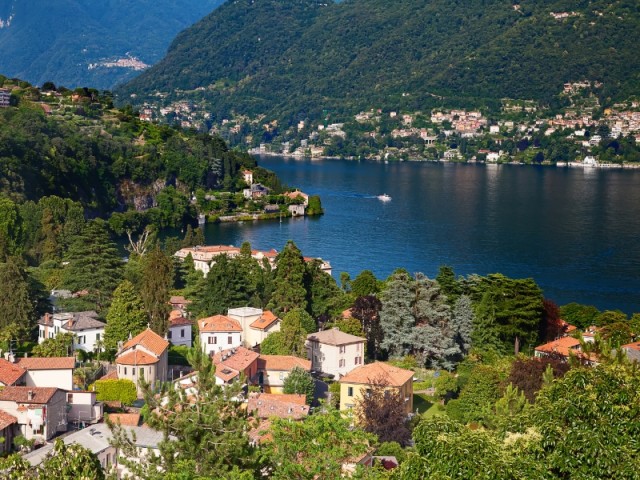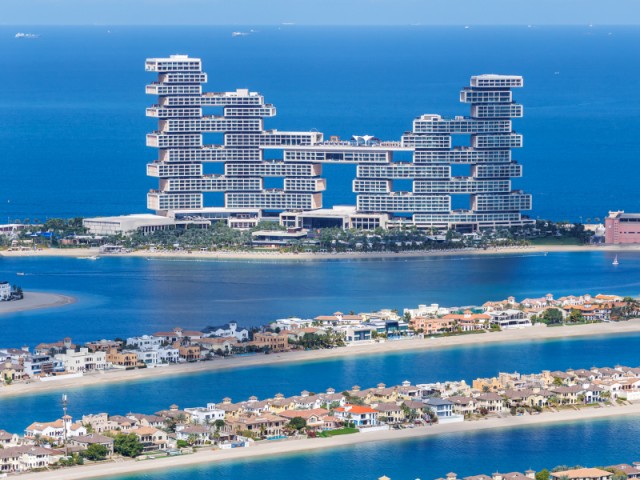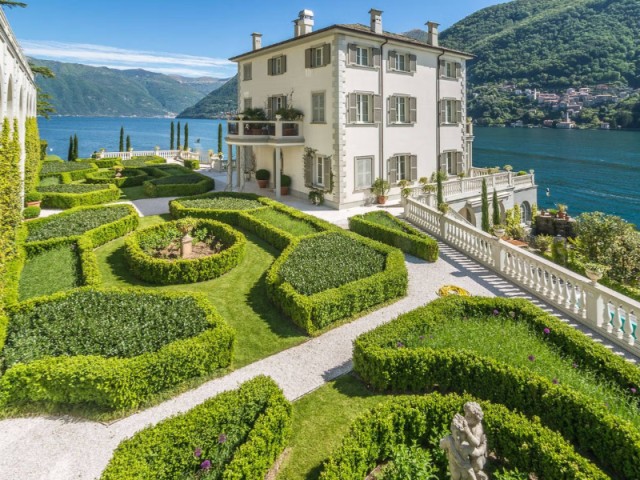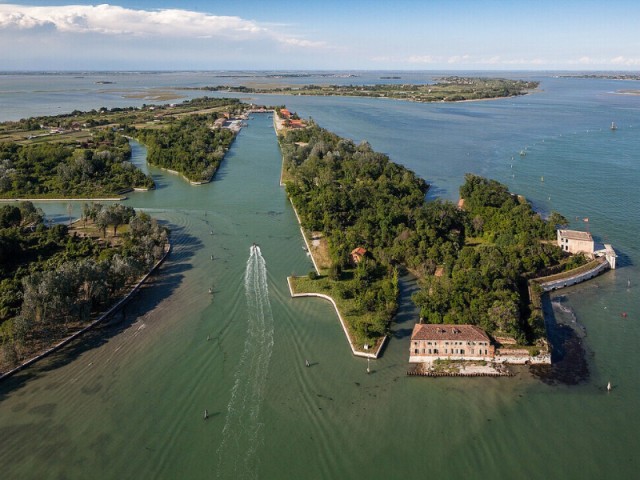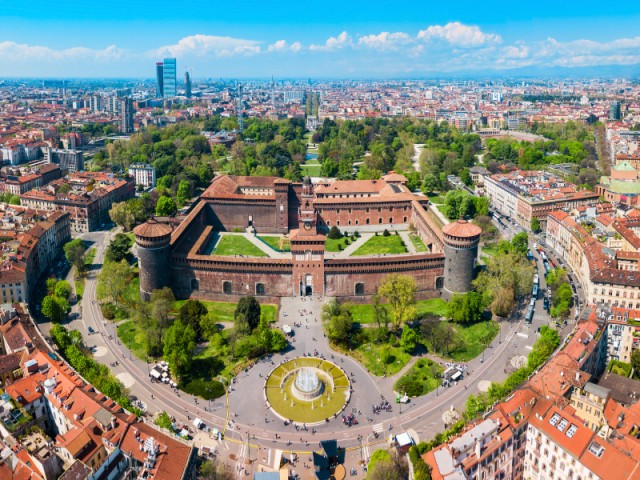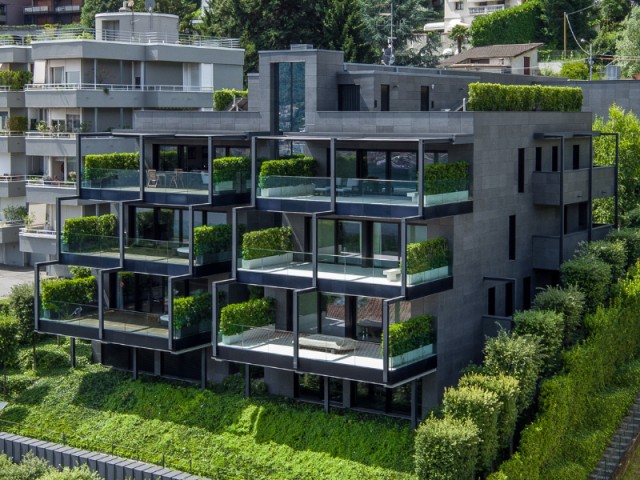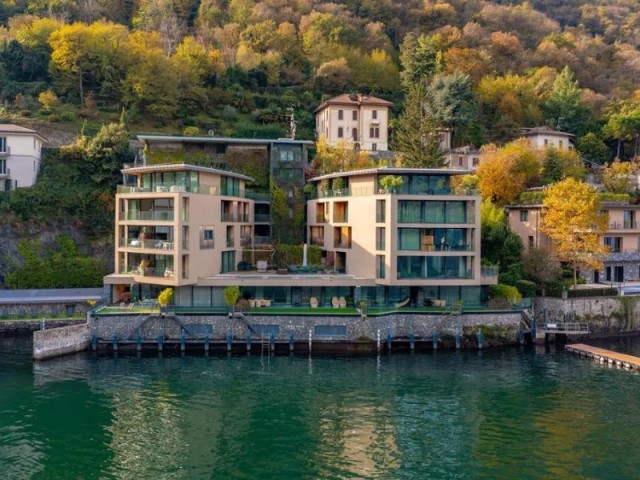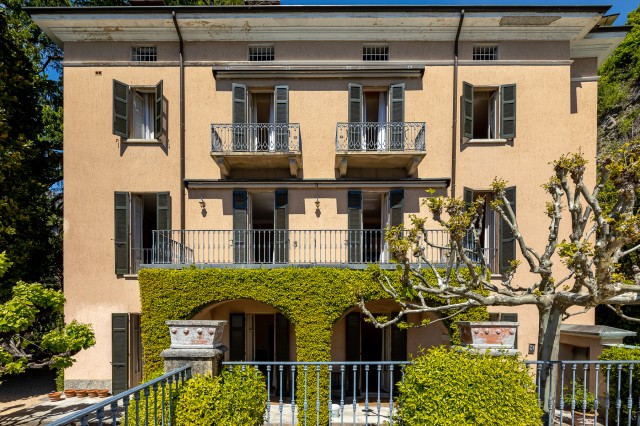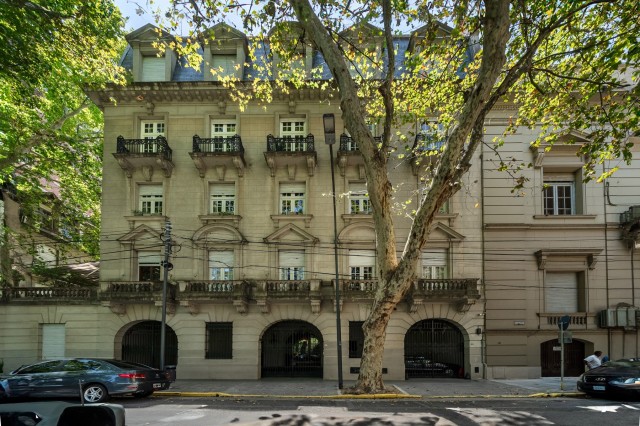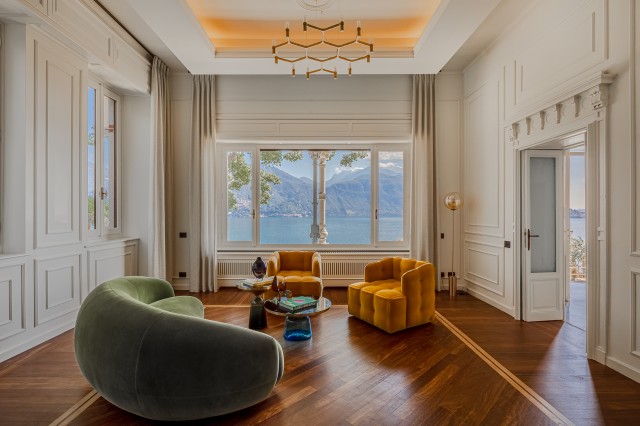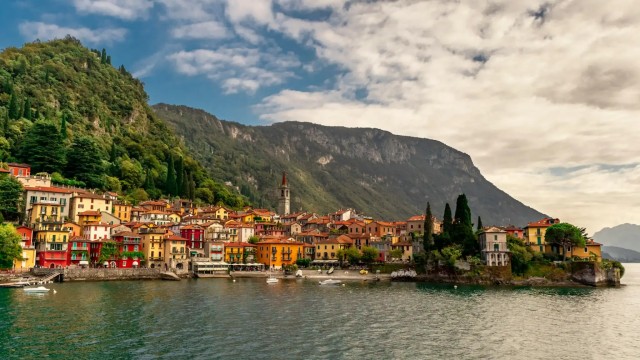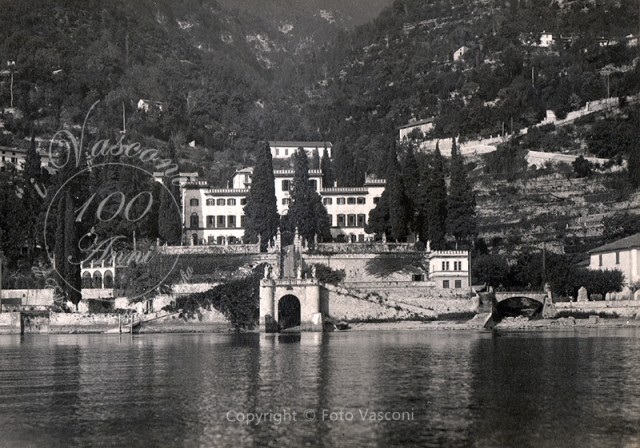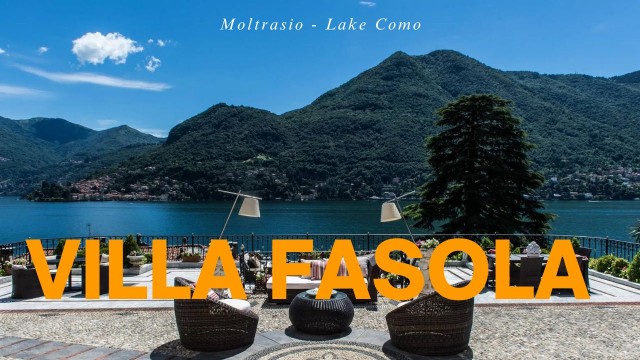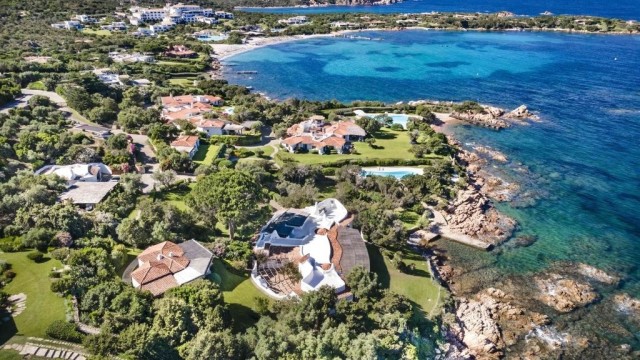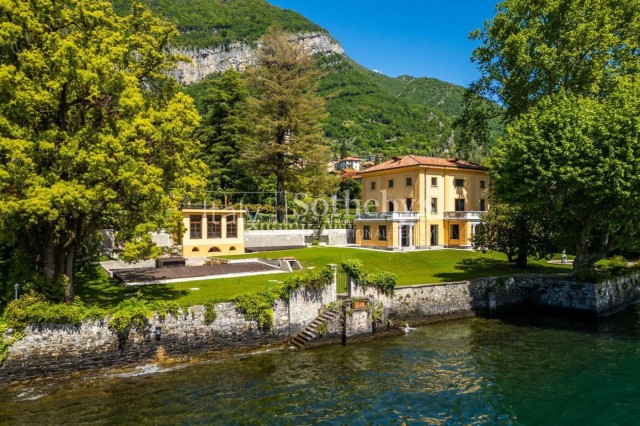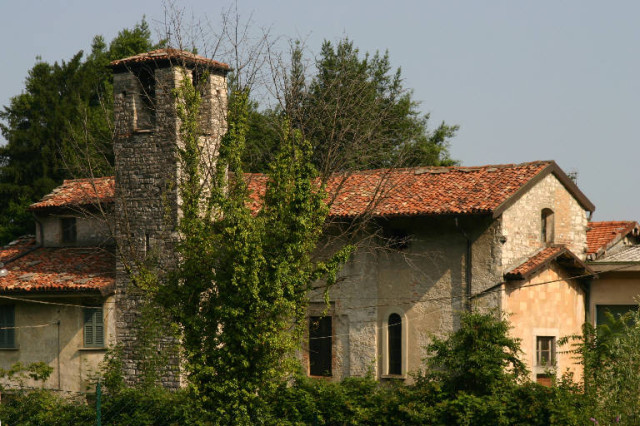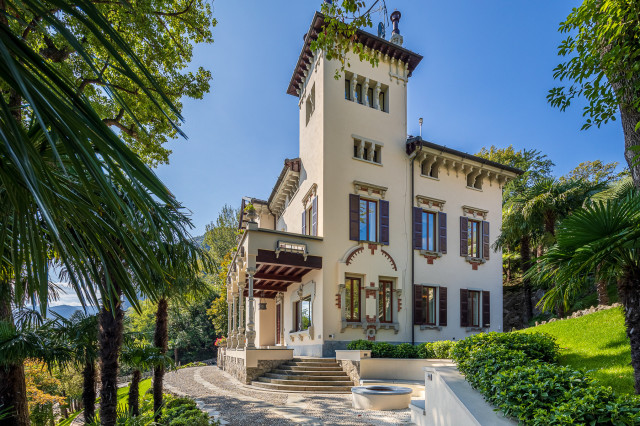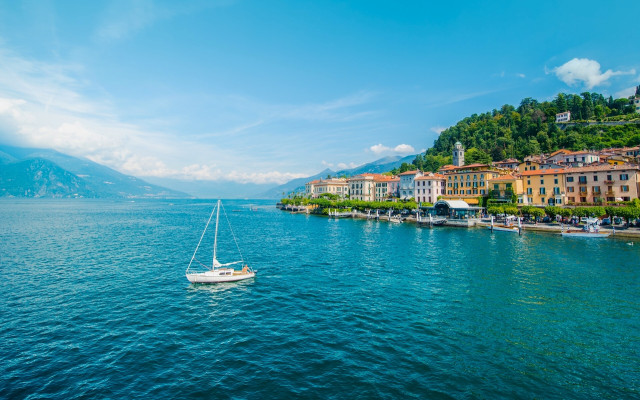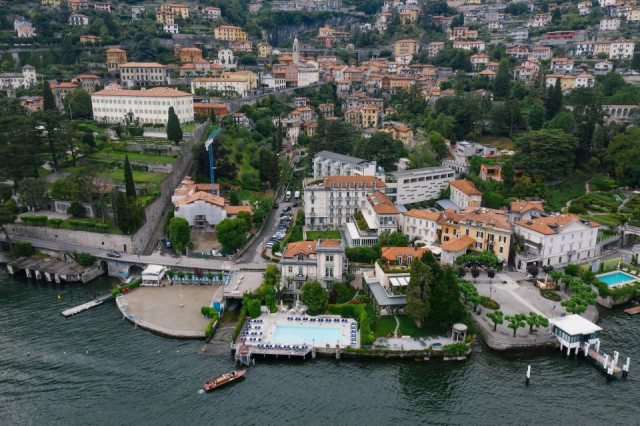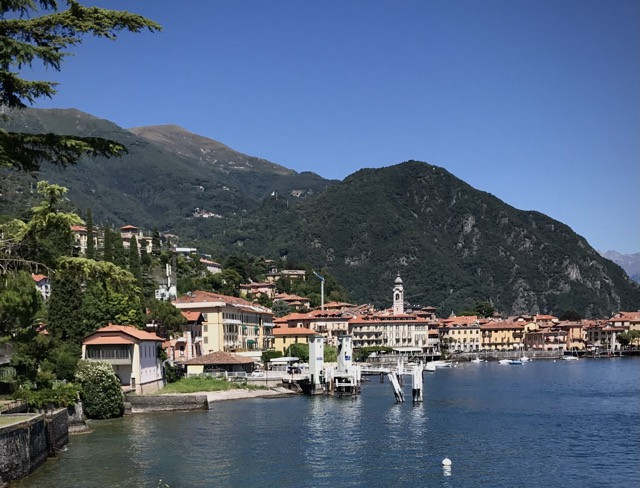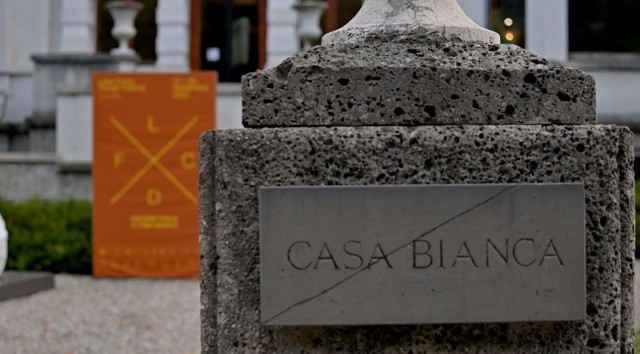
al numero 02403852508
Copyright © 2025 Diego Antinolo
All Rights Reserved
How EU mandates transform Italy's aging building stock into a premium investment opportunity.
Climate responsibility is no longer just an environmental concern. It is an economic imperative. The European Union’s revised Energy Performance of Buildings Directive (EPBD) marks a pivotal moment, transforming the way we view property assets. For those investing in Italy, these new rules are n merely regulations; they are a strategic mandate that will fundamentally shape market trends, returns, and the long-term viability of their portfolios.
The Italian Challenge: A crisis of age, an opportunity for value
Italy's real estate market presents a unique juxtaposition: its enduring beauty is housed within some of the oldest structures in Europe. Over 60% of Italian homes were built before 1970, often lacking modern insulation or efficient systems. This structural challenge is precisely what creates a significant "value-add" opportunity for the discerning investor.
The revised EPBD, part of the Fit for 55 climate package, is designed to compel modernization. This means that assets from city apartments in Milan to the most sought-after casali in Tuscany that are upgraded to meet these new standards, will gain better long-term value, reduced running costs, and unmatched attractiveness on the resale market.
The New EPBD: Strategic Changes for Property Owners
The directive introduces clear deadlines that shift the burden of proof onto the property owner, reinforcing that energy efficiency is now integral to an asset's worth:
- Minimum Energy Performance Standards (MEPS): By 2030, all new buildings must be zero-emission. More critically, existing properties must be upgraded to meet minimum energy class standards
- Energy Performance Certificates (EPCs): These mandatory ratings will gain increased weight, becoming a primary factor for buyers and tenants seeking efficient, future-proofed homes.
- Infrastructural Requirements: New builds and major renovations must integrate electric mobility infrastructure, such as charging points, and adopt sustainable heating systems like heat pumps and solar panels.
Given that Southern European countries, including Italy, face similar challenges with older stock and high seasonal energy consumption, the transition requires investment, but the resulting potential for energy savings and added property value is substantial.
The EPBD is a clear signal: non-compliant property is rapidly becoming a stranded asset. My philosophy has always been to invest in enduring value, and today, that value is inextricably linked to sustainability.
For those acquiring assets on Lake Como or in other premium Italian regions, compliance is no longer a checklist item. It is a mandate for longevity. Investors must proactively factor in the costs of renovation, not as an expense, but as a strategic investment that maximizes returns and market appeal. Risks lie with those who ignore the deadlines; opportunities lie with those who, from the outset, integrate voluntary frameworks and leverage incentives like Italy’s Superbonus to ensure their portfolio is truly future-proofed. The future of premium real estate is green, and the time to act is now.
